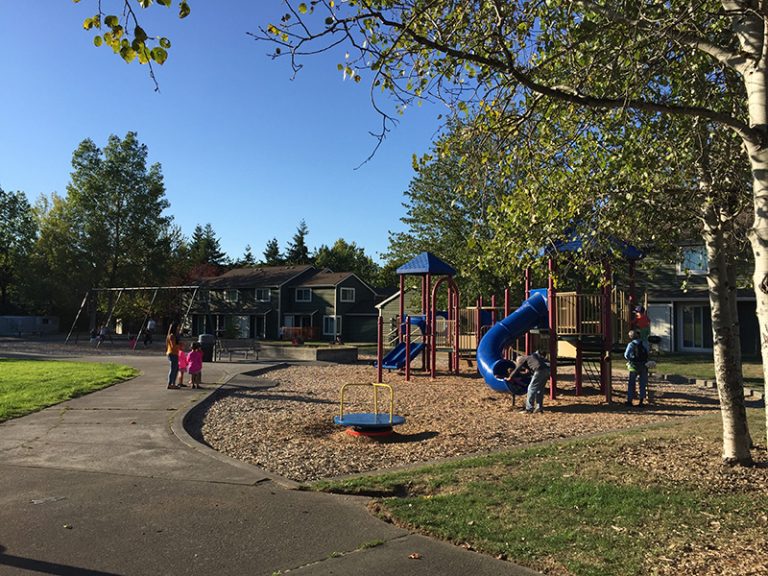Published on March 12, 2021

The Eli’s Park Project is committed to carrying on Eli’s legacy of love through a community-led renovation of the Burke-Gilman Playground Park. They are working with the community to create an accessible, inclusive, nature-based park where people of all ages and abilities can find play and peace. The reimagining and manifestation of this new, inclusive Burke-Gilman Playground Park consists of four phases: Schematic Design, Design Development, Construction Documents, and finally, construction. There are additional efforts that are taking place simultaneously including ongoing community outreach, fundraising, and coordination with the project’s partners. The current design uses a parallel pathways concept that “celebrates our togetherness, while honoring our differences”. Two pathways encircle the park, winding together in parallel experiences of places and play. One path remains easily accessible for those who need smooth surfaces to navigate the park safely, while the other meanders off and loops back to offer a variety of experiences for those seeking challenges as they explore.
On February 10th, University of Washington’s Nature and Health invited The Eli’s Park Project to share their inclusive design process through the Nature and Health Speaks series.
Nature and Health is a group of community members, scientists and practitioners who are passionate about the connections between nature and human health and well-being. They establish connections between individuals to “contribute to the design of health-care, educational and community settings that benefit all people.” The Eli’s Park Project had the opportunity to talk to, learn from and connect with over 45 individuals doing incredible work in the local community and across Washington state and the nation.
During the event, participants shared the benefits of inclusive design processes for nature-based projects, the importance of building outdoor spaces to meet the needs of a wide variety of users, the challenges of engaging community during COVID and the need for including anti-displacement strategies into projects that have green outdoor spaces.
Star Berry (she/her), Program Manager of Nature and Health, left feeling “encouraged to think about what it means to be welcoming in addition to being accessible and…allowing for relationships and needs to build.”